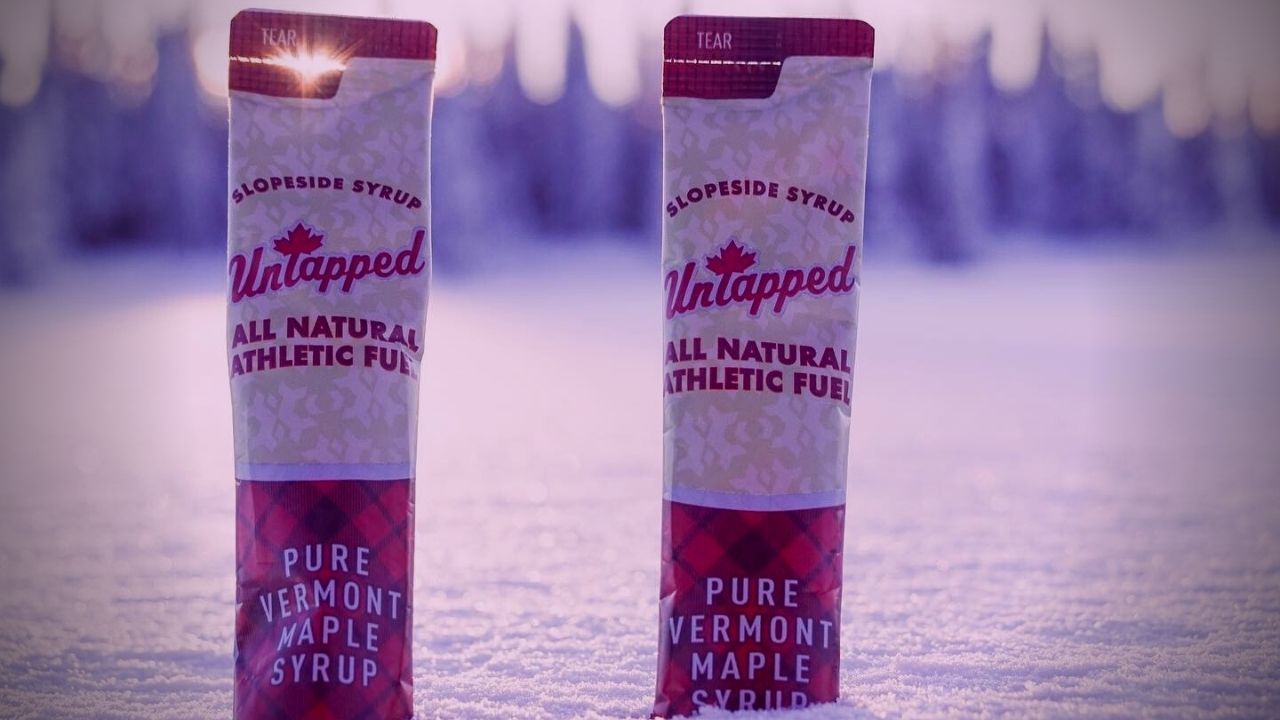
The Not So Sweet Fructose Effect
Feb 16, 2022Fruit sugar is fine wrapped in its fiber-rich natural packaging, but too much straight up fructose can be bad news for health, especially post menopause.
By Selene Yeager
Sometimes you need a hit of sugar—like the home stretch of a race or to help with hydration. But the type of sugar you use matters, especially as you transition through menopause, which increases your sensitivity to carbs and makes it harder to process some sugars, like fructose.
This came up in the Hit Play Not Pause group earlier this month, when a member was wondering if she should use Maurten gels, which are based on a 0.8:1 fructose-to-glucose ratio.
The responses were mixed. Some women had used them successfully. Some steered clear of gels in general. Another mentioned trying the drink mix (also heavy in fructose) and was “bloated beyond belief and couldn’t drink anymore.” I’ve used their products at a few long gravel events without trouble, but have never relied on them as a sole fuel source.
These responses aren’t terribly surprising because we all have different tolerances and preferences when it comes to sports nutrition. That’s why the market is so packed. That said, it’s a good idea to file fructose under, “Approach with caution.”
Fructose is fruit sugar. It’s also a component of table sugar, or sucrose, which is a disaccharide that consists of one fructose molecule and one glucose molecule bound together.
In a recent Instagram post, Dr. Stacy Sims reported the problems with fructose:
As far back as in the 1960s, researchers found that postmenopausal women had more fatty acids in their blood after drinking high fructose drinks compared to glucose-based drinks. Whereas premenopausal women can store excess energy from fructose as subcutaneous fat stores (i.e., hips and thighs), postmenopausal women can't -- ending with more fatty acids in the bloodstream and metabolic issues [like high triglyceride levels and insulin resistance] as a result.
Sims explains that if you’re trying to fuel with fructose-heavy products, you may not be getting the energy you need and risking “gut rot”: the cramping, bloating, and nausea you feel when your carbohydrates are just sitting in your gut. If you’re having GI distress and struggling to hit your targets during training and racing as a postmenopausal woman, it’s worth taking a look at the fructose levels in your sports nutrition.
Interestingly premenopausal women are not as fructose sensitive. There are a number of reasons for this, including the effects of estrogen on uric acid excretion. When you eat fructose, you make a certain amount of uric acid. When estrogen declines, you can’t excrete that uric acid as well (that’s why gout is extremely uncommon in premenopausal women, but postmenopausal women are at risk). High uric acid levels set the stage for metabolic complications like non-alcoholic fatty liver disease in postmenopausal women.
Good alternatives to fructose in sports drinks are dextrose and sucrose. Sims recommends drinks that are relatively low in carbs, about 3 to 3.5% carbs (or 7 grams per 8 ounces), which also have the benefit of protecting your gut microbiome from the harmful effects of too much sugar, which is particularly important when your gut is already compromised during exertion.
For a quick hit of energy, take a look at maple syrup. (Untapped makes great pure maple syrup products.) It’s just glucose and sucrose and one of the least processed sweeteners you can buy.

Get Feisty 40+ in Your Inbox
We hate SPAM. We will never sell your information, for any reason or send you emails that suck!


